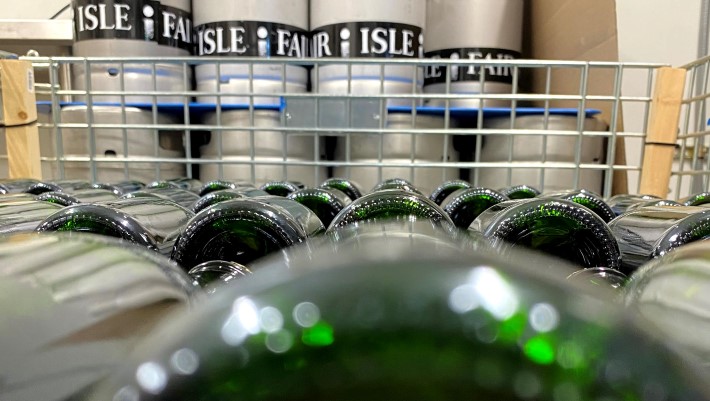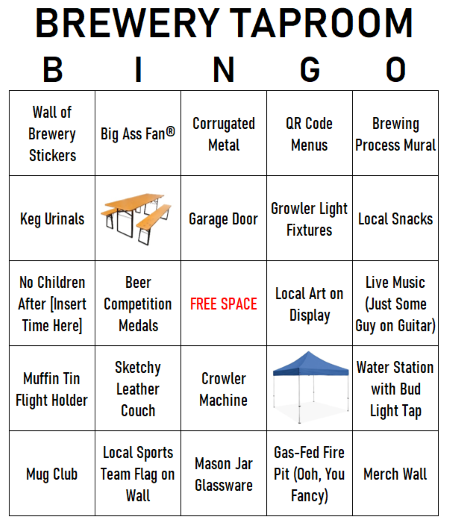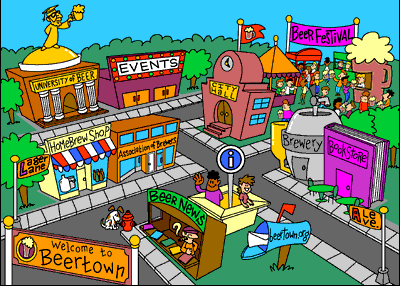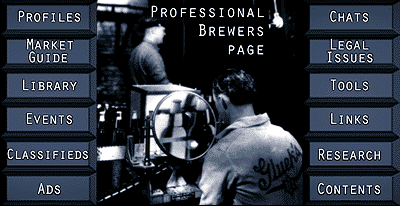There will not be a quiz.
– Jenny Pfäfflin kicked it off last Friday with this tweet that when I last looked had 508 likes.
I don't have much to do today pic.twitter.com/ASlM1ATV6o
— Jenny Pfäfflin (@jennypfafflin) November 26, 2021
– Joe Stange followed with this.
As happens, threads shot out in different directions. Feel free to explore.
– Yesterday, Alan McLeod pointed to to all of this in his Beer News Notes, choosing to highlight a comment from Garrett Oliver:
“I don’t ‘know’ a lot about jazz, but I still enjoy jazz. And I really don’t care what a jazz critic thinks I need to know – I’m having my own good time and I will not be fenced in by anyone. I’ve worked to demystify beer for more than 30 years. It’s supposed to be fun. And it is . . .”
– His post alerted Jeff Alworth to all this ruckus and he honed in on another Oliver comment (why in a moment):
“Because once your definitions and terminology mean nothing, your culture is ruined and cannot be recovered. Ask the French how they won. And then take a good hard look at the German brewing industry. Words have meaning (ask the Republicans). And nomenclature is culture.”
– And Stephen Beaumont joined the conversation, choosing still another Oliver comment:
“Yes, and that communication is super powerful. The French know this. Champagne is Champagne, period. Caviar is caviar. Diamonds are diamonds. If your words mean nothing and it’s the Wild West, you lose. Period. Might take a while . . . but you lose.”
[Last dash] Back to Alworth. Wednesday he asked: “What is ‘good’ in the context of a hazy IPA?”
I’m staying out of this. I’ll leave it to Tom Vanderbilt, author of “You May Also Like: Taste in an Age of Endless Choice.” (In Chapter 6 he writes about “beer, cats and dirt,” visits the Great American Beer Festival and talks with judges. They included Oliver, who also shows up elsewhere in the book. Vanderbilt also mentions beer in an opinion piece in The New York Times. But the beer references are not essential to his theses.)
So from the Times article (oops, I lied, more dashes):
– “The human brain is a pattern-matching machine. Categories help us manage the torrent of information we receive and sort the world into easier-to-read patterns.”
– “When we like something, we seem to want to break it down into further categories, away from the so-called basic level. Birders do not just see ‘birds,’ gardeners do not just see ‘flowers’; they see specific variations. The more we like something, the more we like to categorize it.”
– “When we struggle to categorize something, we like it less.”
Not sure this explains the popularity of IPA, hazy IPA or hard seltzer — but maybe I am missing something.
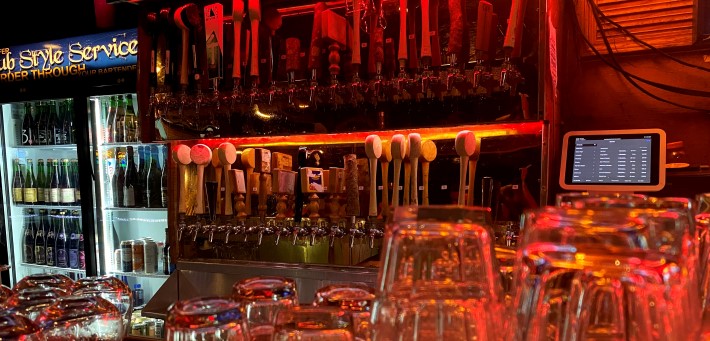
 Does the draft selection need to be “better” than the Northeast Taproom in Reading? When Pete Cammarano bought the place in 1983 the draft choices were Budweiser and Schmidts. By the time “Bars of Reading” was published five years later Pete offered the best beer selection in Berks County. Authors Suds Kroge and Dregs Donnigan wrote, “Pete is the answer . . . but we forget the question.”
Does the draft selection need to be “better” than the Northeast Taproom in Reading? When Pete Cammarano bought the place in 1983 the draft choices were Budweiser and Schmidts. By the time “Bars of Reading” was published five years later Pete offered the best beer selection in Berks County. Authors Suds Kroge and Dregs Donnigan wrote, “Pete is the answer . . . but we forget the question.”
